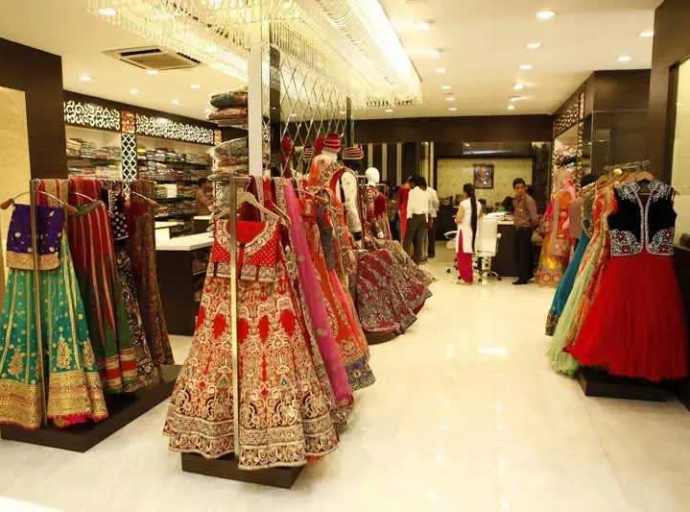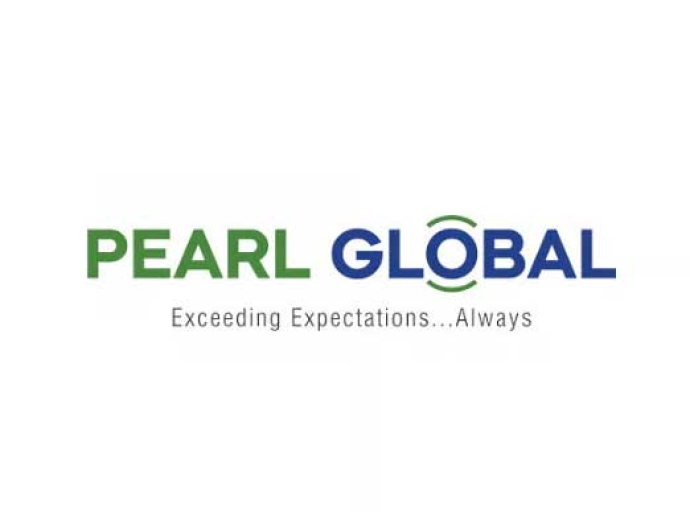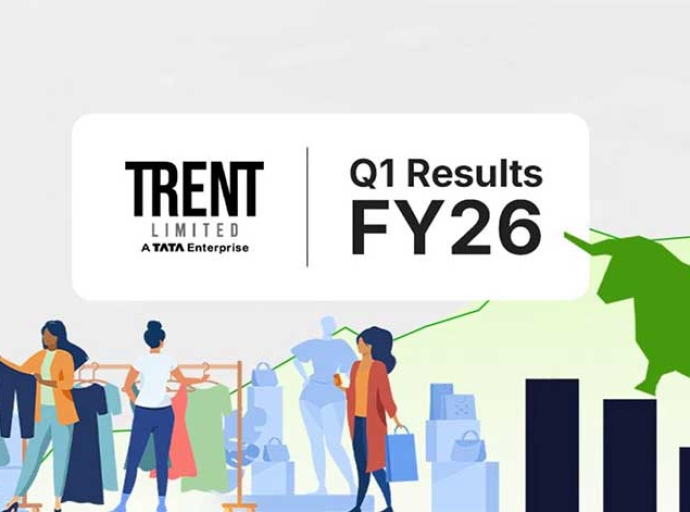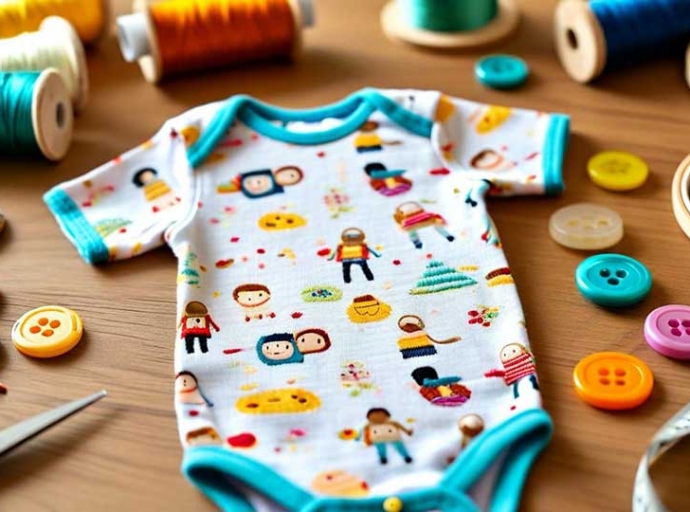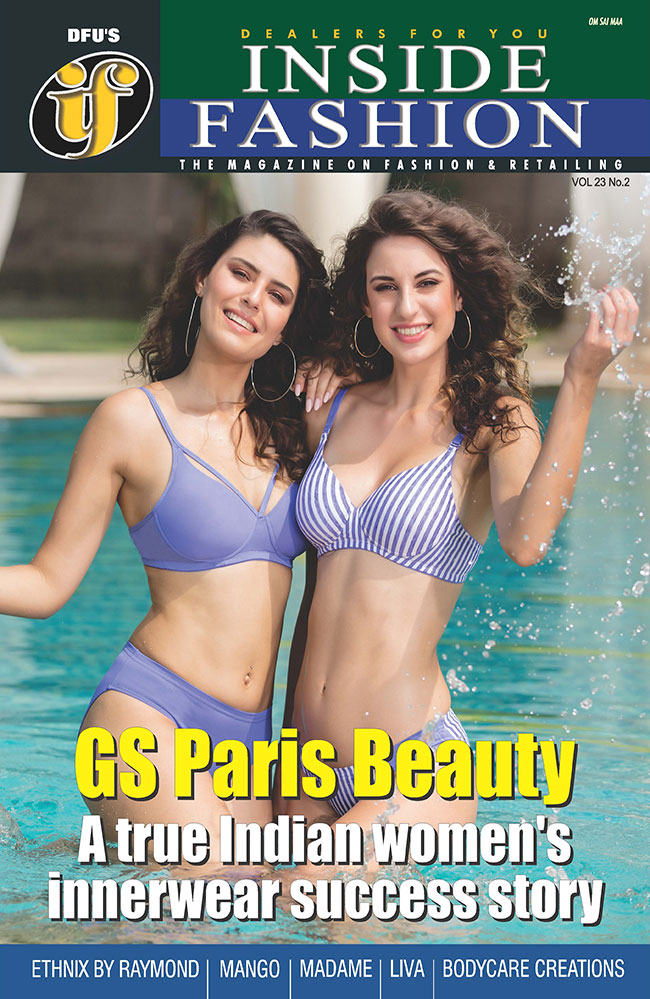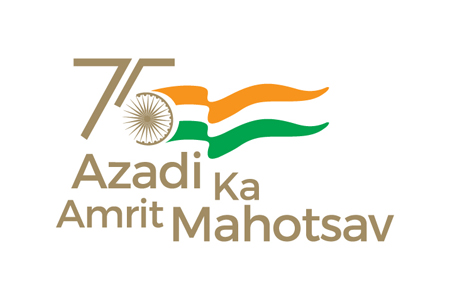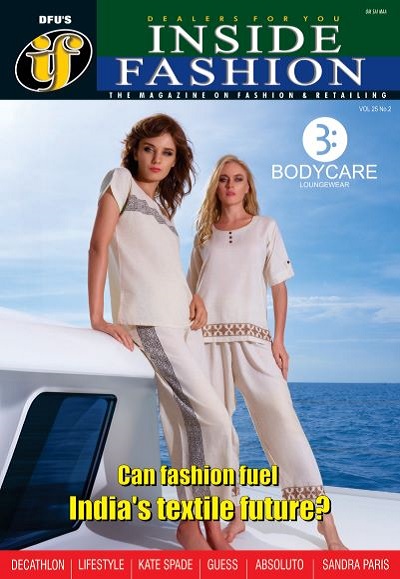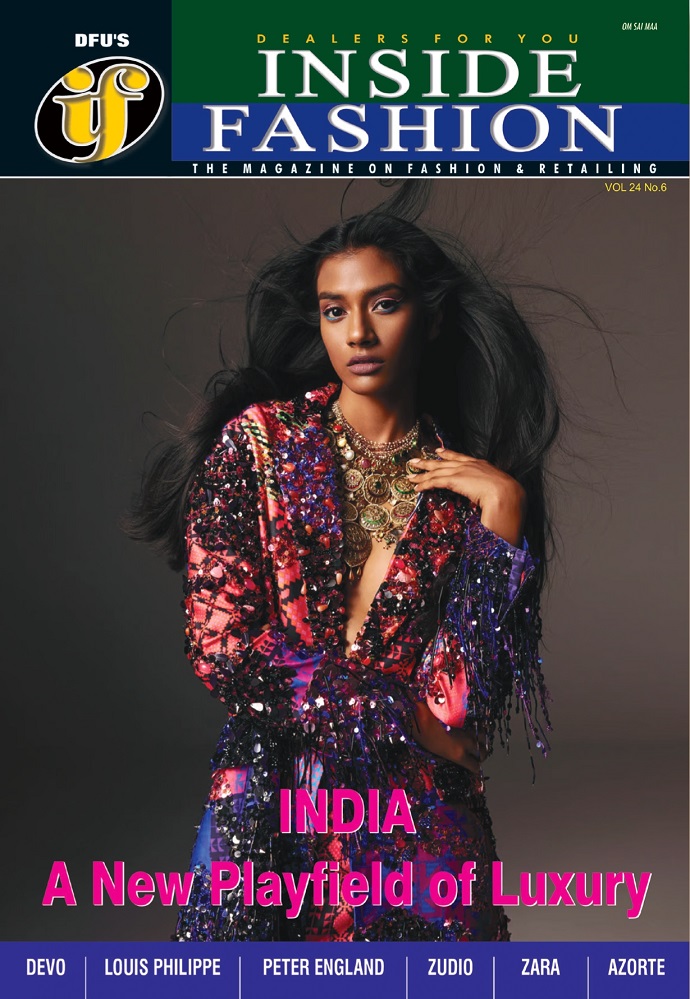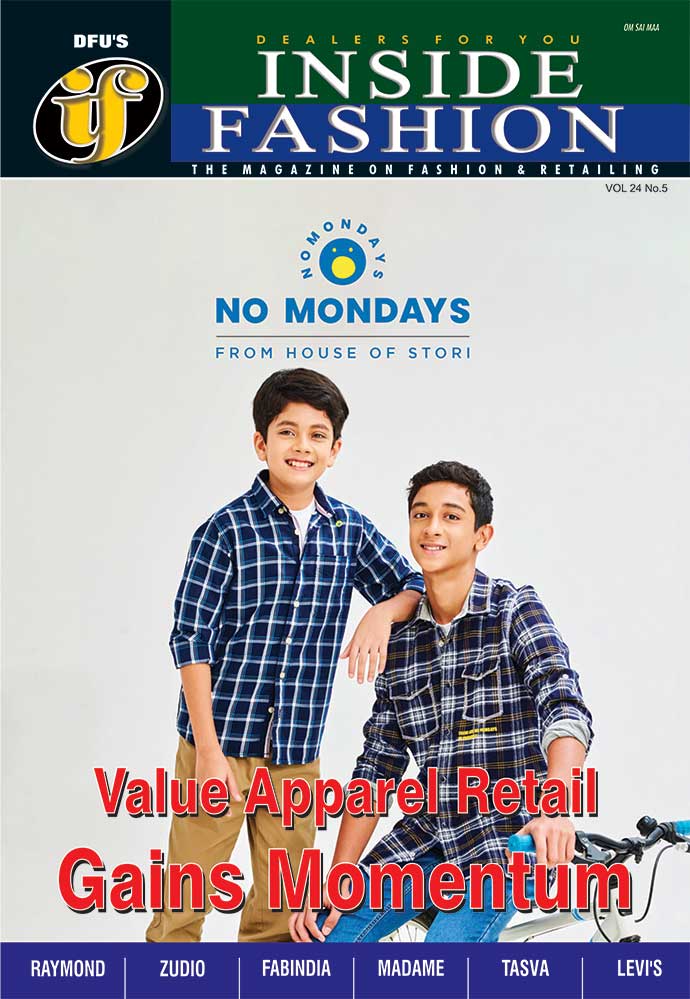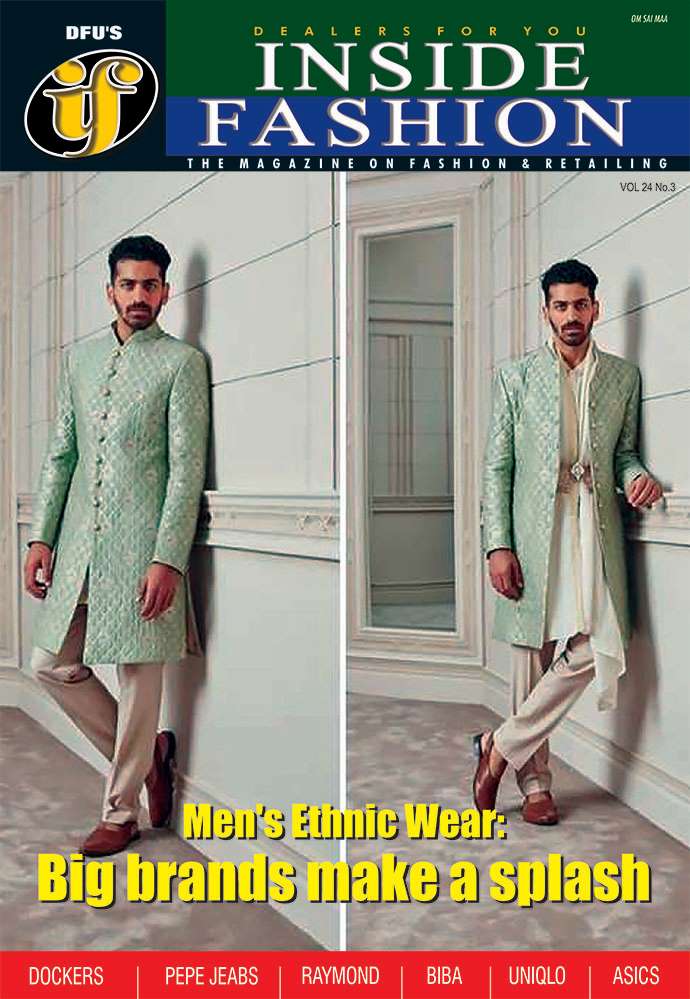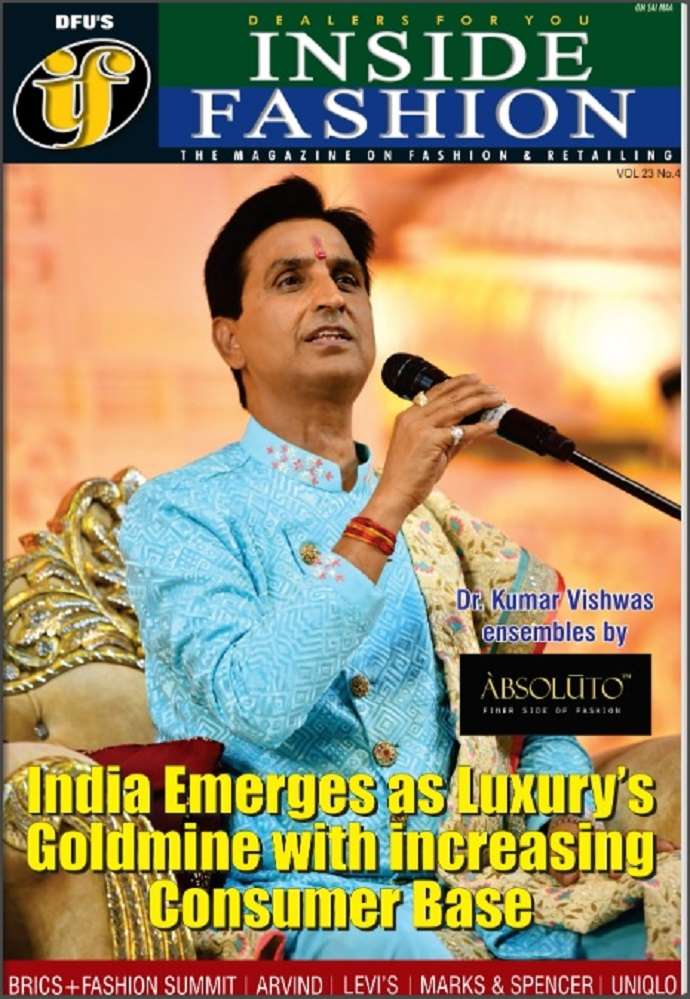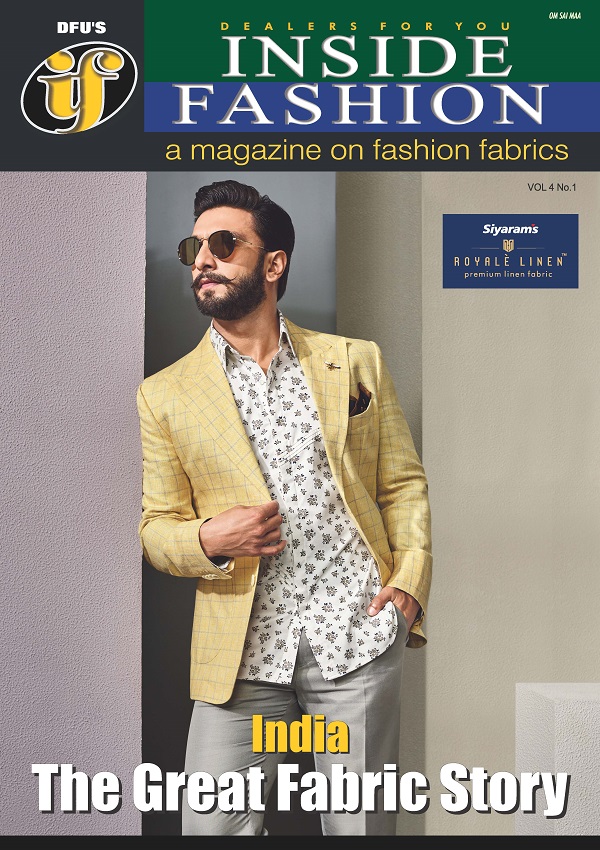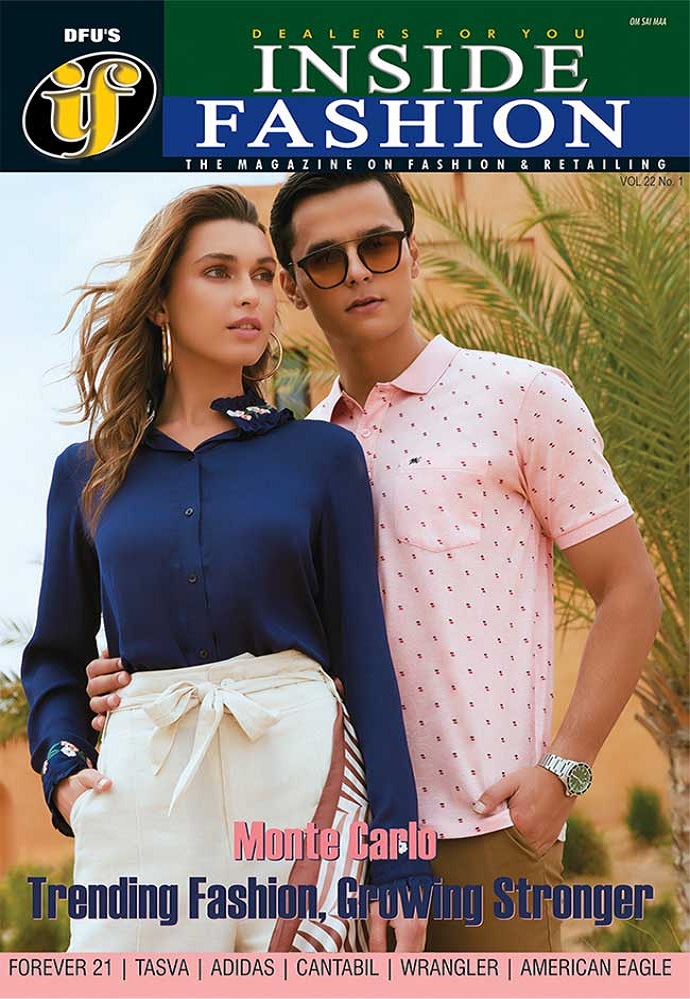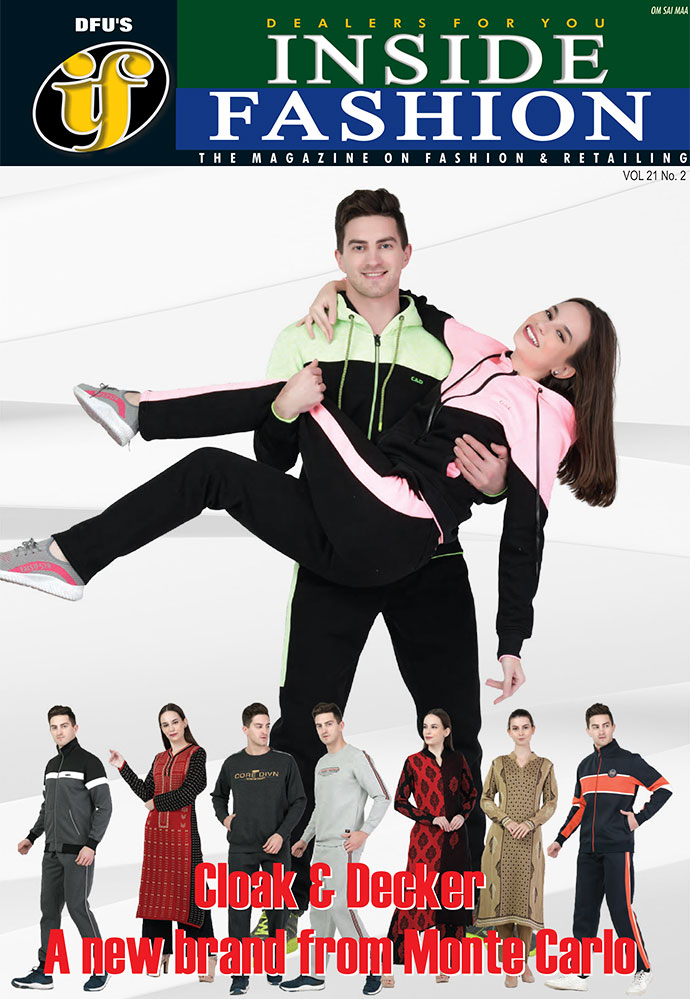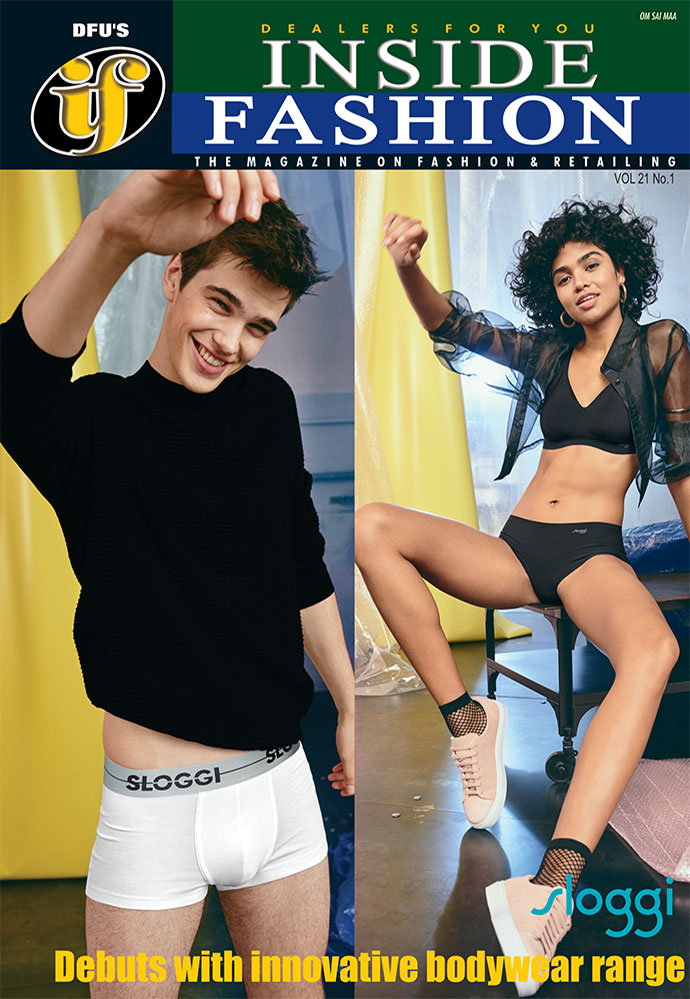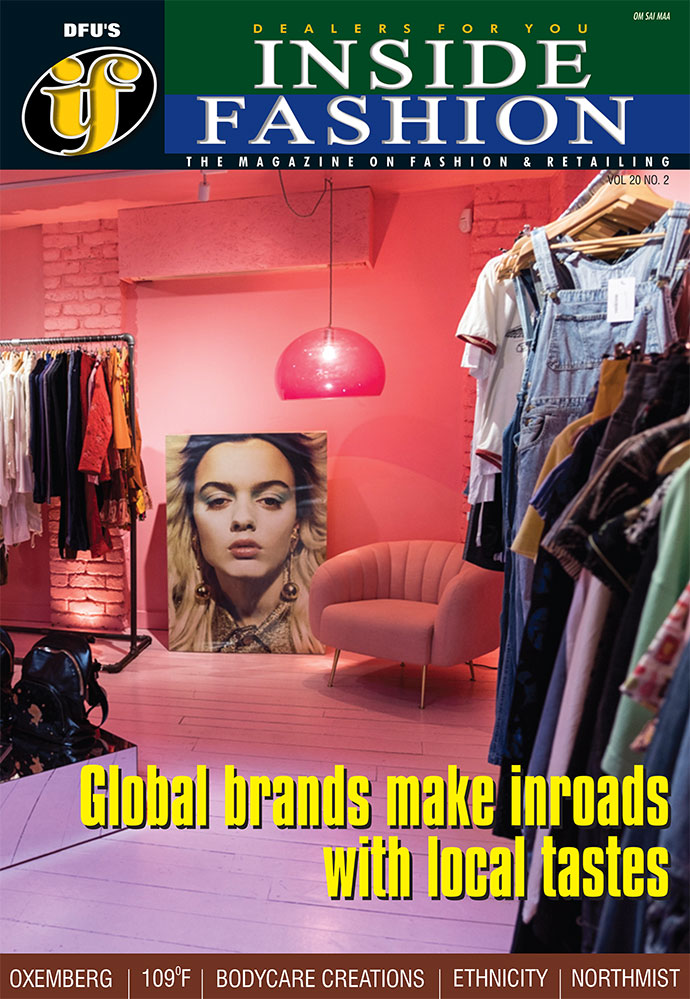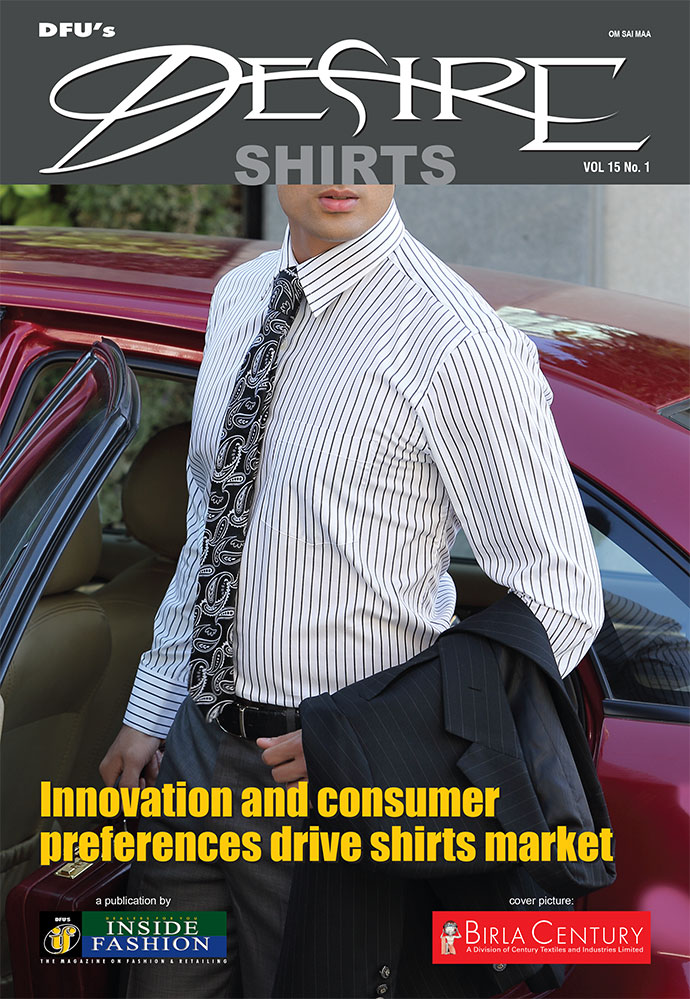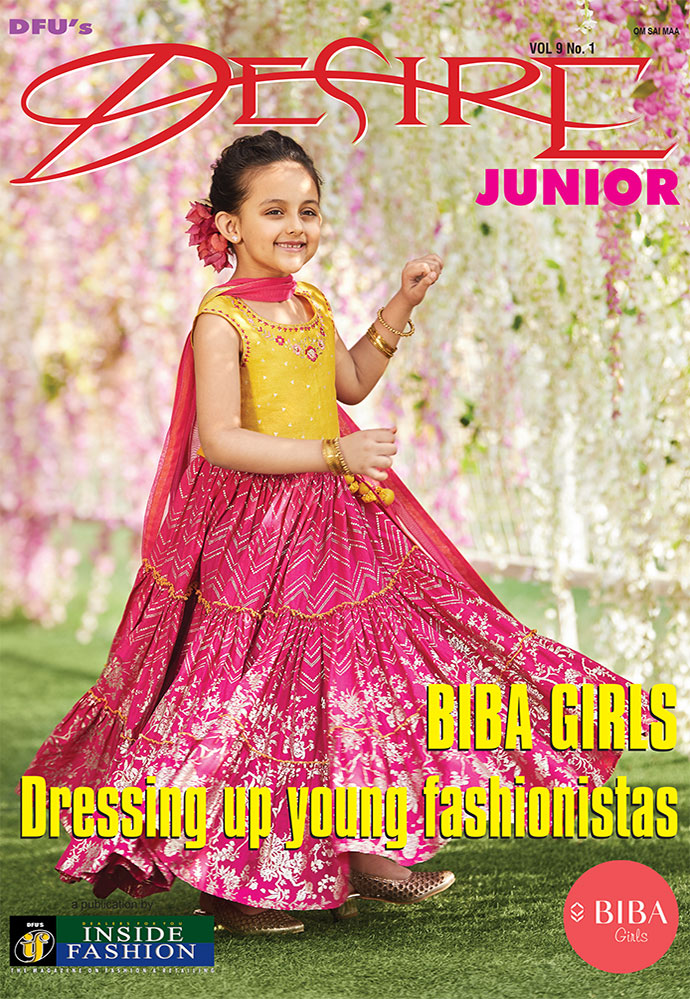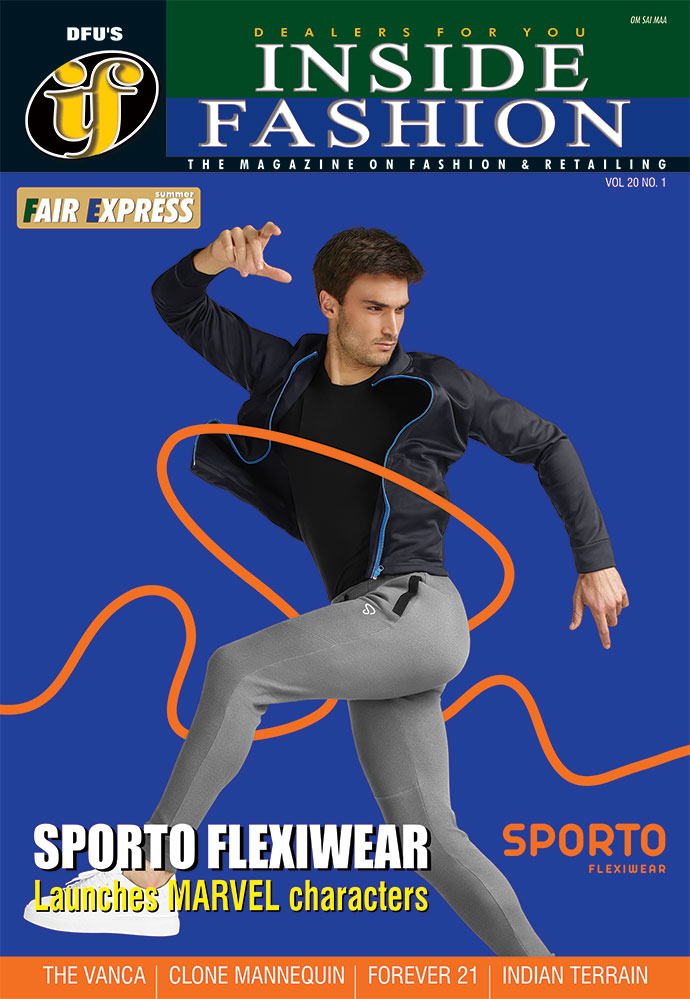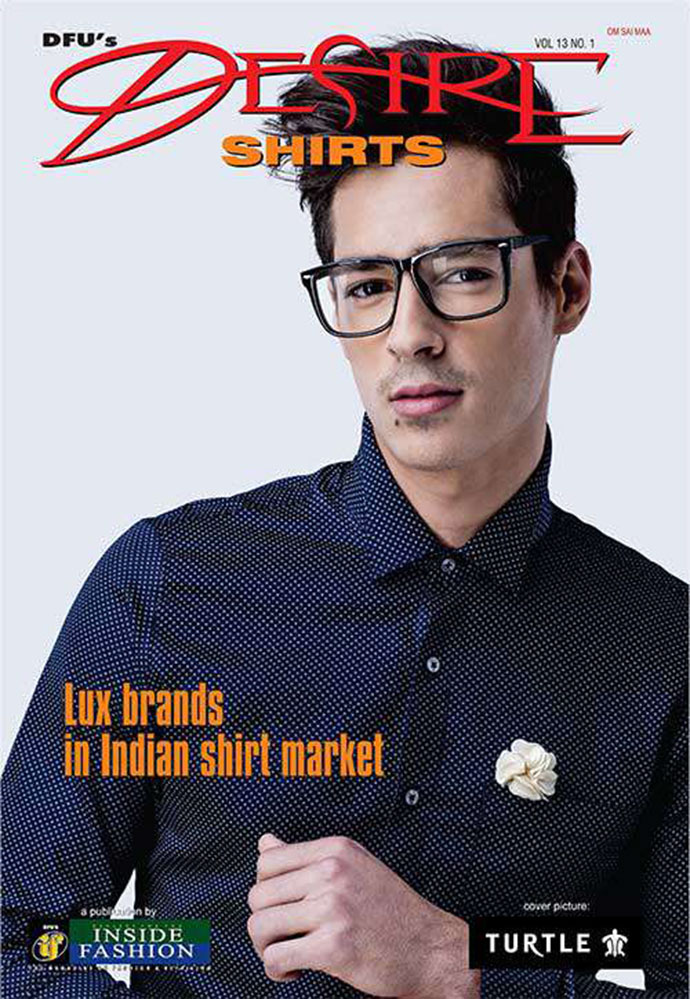From catwalks to Chandni Chowk, mapping the real scale of India’s wedding wear market
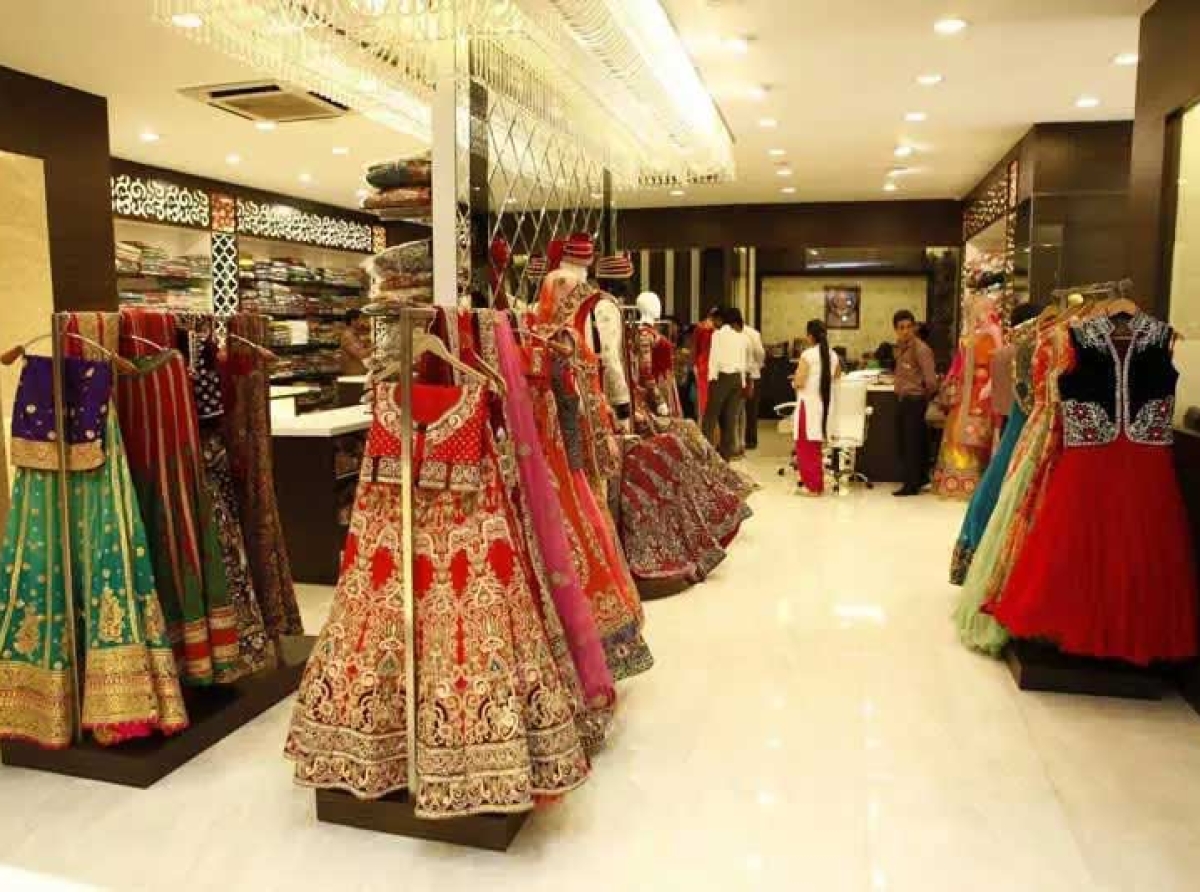
08 August 2025, Mumbai
India's wedding and bridal wear market is not merely a fashion phenomenon—it's a cultural and economic juggernaut. Valued at over Rs 5 lakh crore (approximately $70 billion) in 2024, the wedding industry, with bridal wear as one of its biggest component forms the backbone of one of the world's most enduring consumer rituals. While fashion weeks sparkle with couture drama, the deeper currents of this industry run far wider and deeper—beyond catwalks and celebrity endorsement, into family trousseaus, regional bazaars, and booming online storefronts.
The mammoth market
The Indian wedding industry isn’t just resilient—it’s expansive and growing. With rising disposable incomes, an aspirational middle class, the timeless social importance of weddings, the market is expected to see long-term growth.
Table: Indian wedding wear market
|
Metric |
Value in 2024 |
Projected value in 2032 |
CAGR (2025-32) |
|
Wedding Wear Market (Global) |
USD 60.73 Billion |
USD 87.03 Billion |
4.60% |
|
Bridal Wear Market (Global) |
USD 12.63 Billion |
USD 21.06 Billion |
6.60% |
(Source: Maximize Market Research, as of mid-2025)
The Asia Pacific market is largely driven by India and China due to its cultural diversity, large population, and strong designer presence. This indicates the immense domestic consumption and production within India. The Indian wedding industry alone was projected at be over Rs 5 lakh crore in 2024, with continued rapid growth. Luxury weddings and destination weddings, particularly in Tier-I cities, are growing at an even faster pace. Bridal fashion, in particular, is witnessing a demand for statement-making outfits, with a growing inclination towards fusion wear and personalized designs.
Fashion weeks, trendsetters or elite showcase?
Fashion weeks, especially India Couture Week, are undoubtedly the epicenters of high-fashion bridal wear. Designers like Sabyasachi Mukherjee, Manish Malhotra, Tarun Tahiliani, and others unveil their opulent collections, setting the tone for upcoming bridal trends. These events are crucial for trend forecasting as they introduce new silhouettes, color palettes, embroidery techniques, and design philosophies that trickle down to the broader market. The 2025 India Couture Week, for instance, is highlighted jewel-toned lehengas, veiled silhouettes, dramatic capes, and sculpted jackets as dominant trends.
Couture shows also build aspirational value around designer wear, influencing brides and families across different income brackets. Celebrity endorsements and social media amplification of these shows create a halo effect for designer labels. These platforms provide an invaluable stage for showcasing intricate Indian craftsmanship, from zardozi and handloom weaves to mirror work, tailored for contemporary tastes.
So are they expanding boundaries? Yes, to an extent. Designers are pushing the envelope with Fusion wear, blending traditional Indian aesthetics with Western silhouettes and contemporary cuts, catering to the modern Indian bride. The emphasis is increasingly on bespoke and made-to-order outfits that reflect the bride's individual style, moving beyond rigid traditions. Moreover, many designers are now exploring deeper, more expressive narratives through their collections, moving beyond mere bridal tropes. What’s more, emerging designers and even some established names are incorporating eco-friendly materials, upcycled fabrics, and ethical production practices, responding to a growing global consciousness.
However, they primarily cater to the "tip of the iceberg. While the designs inspire, the prohibitive price points of couture pieces mean only a small fraction of the market can directly afford them. Many designers openly admit that 90 per cent of their couture business comes directly from Indian weddings, highlighting the market's reliance on a concentrated, high-spending segment. The real mass market is served by adaptations and inspired-by versions available at various price points across different distribution channels. A layered business with boutique, D2C, B2B dynamics
The Indian wedding wear market is a blend of various business models, each catering to distinct segments.
Boutique market (D2C approach): This is where high-end designers operate, often through their flagship stores or by appointment. The focus is on highly personalized service, custom creations, and an exclusive buying experience. This aligns strongly with the Direct-to-Consumer (D2C) model, where brands maintain direct control over branding, customer experience, and pricing. Many affluent individuals and NRIs directly approach these designers for their entire wedding trousseau, often requiring dozens of outfits for the wedding party. Sabyasachi Mukherjee is a prime example of a D2C powerhouse in bridal wear. His collections are highly coveted, and brides often travel specifically to his boutiques for their wedding outfits, seeking the ‘Sabyasachi bride’ aesthetic. His strong brand narrative and consistent design language allow him to command a premium and maintain direct customer engagement.
Multi-Brand Outlets (MBOs): These stores stock collections from multiple designers, offering a curated experience for shoppers. They are particularly popular among non-resident Indians (NRIs) who visit India for wedding shopping. MBOs facilitate discovery and convenience, acting as a crucial bridge between designers and a broader set of affluent consumers.
B2B market: This segment is substantial, though often less visible. It includes: wholesale manufacturing/manufacturers producing wedding and bridal wear in bulk for retailers, both large and small, across the country. These might be based on established trends, or more general designs catering to diverse regional preferences. Fabric and embellishment suppliers are a vast network of businesses supplying raw materials, specialized fabrics, embroidery components, and embellishments to designers, boutiques, and smaller tailoring units.
Then there are the export houses as Indian wedding wear, particularly heavily embroidered pieces, it’s also exported to diaspora communities globally, forming a significant B2B component. And the more recent rental market with a growing B2B aspect, where businesses specialize in renting out high-end bridal wear, catering to budget-conscious brides or those prioritizing sustainability.
Table: Distribution channels in bridal wear market (2024)
|
Distribution channel |
Market share (2024) |
|
Offline (Showrooms, Boutiques) |
17.88% |
|
Online |
Growing at a CAGR of 5.99% (2025-2032) |
(Source: Maximize Market Research, as of mid-2025 - Note: The 17.88% for offline seems specific to "gowns" within the bridal wear market, as the overall offline dominance is stated. The overall offline dominance implies a much larger share for physical stores in India.)
The offline segment currently dominates, highlighting the importance of touch-and-feel in high-value purchases like wedding attire. However, the rapidly growing online segment, boosted by increasing internet penetration, virtual try-on tools, and discounts, is steadily gaining ground. D2C brands, leveraging digital platforms, are well-positioned to capitalize on this online shift.
Emerging trends beyond the lehenga
The Indian wedding wear market is highly segmented by:
• Price range: From ultra-luxury designer wear to mid-range boutiques and affordable mass-produced options found in bustling markets like Chandni Chowk in Delhi or Santacruz in Mumbai.
• Product type: While lehengas, saris, and gowns dominate bridal wear, there's increasing demand for pre-wedding outfits, bridesmaid dresses, and elaborate groom wear, indicating a comprehensive approach to wedding fashion.
• Regional preferences: India's diverse cultures mean distinct wedding attire traditions. The market caters to varied tastes, from heavy embroidery in the North to silk saris in the South.
• Modern vs. traditional: A constant interplay between classic, traditional designs and contemporary, fusion styles.
• Sustainability and rental: A growing segment driven by environmental awareness and budget consciousness, with brides opting for pre-owned, rented, or ethically sourced outfits.
In fact, a critical aspect often overlooked in the glare of individual bridal couture is the extensive ‘family trousseau’. Designers report receiving orders for 30-60 outfits for a single wedding, catering not just to the bride and groom, but also to parents, siblings, and close relatives. This signifies a massive market for occasion wear beyond just the central bridal attire. The demand for designer menswear, too, has seen a sharp rise, with grooms and their families investing in multiple designer outfits for various functions.
Latest Publications



